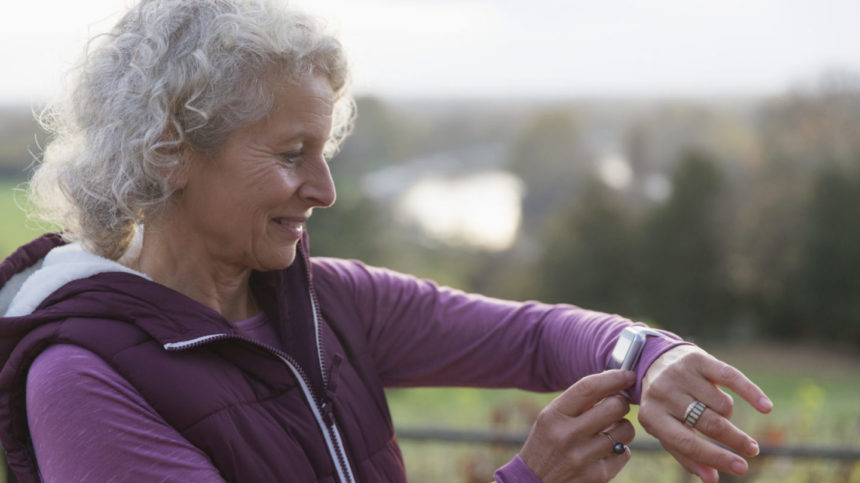
When older women engaged in leisure physical activity and stayed within recommended time parameters, they had a lower odds for falls, according to a new report.
The lower risk was for falls that did and didn’t cause injuries, according to the study published Wednesday in JAMA Network Open.
The researchers examined data on 7,139 women who were aged more than 65 years. The average age was 67.7 years. The women stuck with standards set forth by the World Health Organization, moving 150 to 300 minutes per week. The activity included brisk walking and moderate and moderate-to-vigorous intensity exercise.
The team broke self-reported data down to weekly amounts of exercise: People who got none, people who exercised between one to 150 minutes, 150 to 300 minutes, and more than 300 minutes per week. Then the team compared injuries in each group.
Overall, 28.2% of the women had falls within a year of taking the survey; 996 were not injured during a fall, and 1,016 had falls that produced an injury.
“Brisk walking and both moderate and moderate-vigorous leisure-time physical activity were associated with lower odds of noninjurious falls,” the authors wrote.
There wasn’t a link between doing less than 150 minutes of activity and experiencing noninjurious or injurious falls, the authors said. The reduction in noninjurious and injurious falls was similar for those who participated in 150 to 300 minutes of activity. Participating in at least 300 minutes of activity per week was tied to a greater reduction in falls with and without injury.
The news comes after a report out earlier this month in JAMA Network Open found a notable link between older adults who have trouble walking and fracture risk. The authors of that study also noted in their study that the risk for fracture can increase depending on the trouble a person has walking longer distances.



